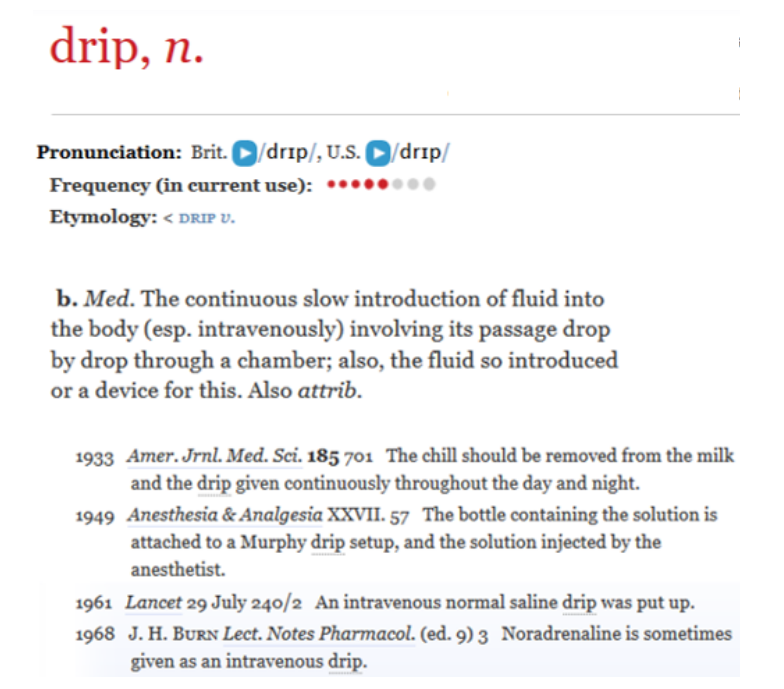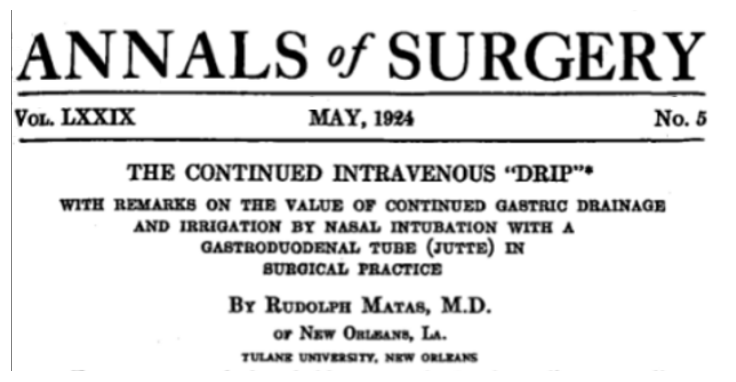 Catachresis (Greek κατάχρησις, from χρῆσθαι to use, κατά giving a sense of perversion) is the mistaken use of one term for another. When not due to sheer ignorance, it can arise through confusibility or ambiguity. Confusibility occurs when two or more terms can easily be mistaken for each other. Ambiguity is the capacity of a single term to be understood in two or more ways. Here I shall deal with the former.
Catachresis (Greek κατάχρησις, from χρῆσθαι to use, κατά giving a sense of perversion) is the mistaken use of one term for another. When not due to sheer ignorance, it can arise through confusibility or ambiguity. Confusibility occurs when two or more terms can easily be mistaken for each other. Ambiguity is the capacity of a single term to be understood in two or more ways. Here I shall deal with the former.
Of the many sources of terminological confusibility, the following are the most common:
- homonyms, of which there are two types:
- homophones, words with different meanings and different spellings but the same sound (e.g. “reed” & “read”, “red” & “read”);
- homographs, words with different meanings but the same spelling and the same sound (e.g. “pink”, for which the Oxford English Dictionary (OED) has 14 different entries, nine nouns, one adjective, and four verbs);
- heteronyms, words with the same spelling but different sounds and meanings; these are of three types:
- a difference in vowel sound (e.g. bass, a fish, and bass, a musical instrument; tear, to rip, tear, a drop of fluid from the eye);
- a difference in consonantal sound (e.g. close, near, and close, to shut; number, one, two, etc, and number, less sensitive);
- a difference in accent (e.g. desert, to leave, and desert, an arid region);
- words with shared elements that can be applied in different ways to the same phenomenon; “serious” and “severe”, terms used to describe adverse drug reactions, are not the same but may be confused; for example, the acronym SCARS is usually interpreted as meaning “severe cutaneous adverse reactions”, but is occasionally interpreted as “serious cutaneous adverse reactions”; but adverse reactions, a headache for example, can be severe but not serious;
- words with semantic proximity; for example, the word “severity” is often used to denote the intensity of a reaction, ignoring the fact that a reaction may be of mild, moderate, or severe intensity; “mild severity” and “moderate severity” are oxymoronic and one would not talk of “severe severity”, although some do;
- mistaken interchangeability (“use” and “usage” mean different things, as do “dose” and “dosage”);
- failure to qualify or define a word precisely (see below);
- failure to distinguish the meanings of words that can be both count nouns and non-count nouns.
As an example of the last of these, take the word “prescription”. A prescription error can be an error made in the act of prescription (non-count noun) or in writing the prescription (count noun). In order to distinguish these two interpretations of the phrase, I have suggested using the term “prescribing fault” for the former, restricting “prescription error” to the latter.
A dramatic example of an adverse reaction resulting from a failure to qualify a word precisely was reported in 1972. A 34 year-old man with a history of duodenal ulceration developed epigastric pain and vomiting. A “milk drip” was ordered, the intention being that the milk should be dripped slowly into the stomach via a nasogastric tube. However, the patient was instead given 100 ml of pasteurized cow’s milk by intravenous infusion. An immediate hypersensitivity reaction, with disseminated intravascular coagulation and evidence of fat embolism, was successfully treated. “Drip” is defined in the OED as “the continuous slow introduction of fluid into the body (especially intravenously) involving its passage drop by drop through a chamber”. The inclusion of the word “especially” in the definition emphasises the source of the problem in this case. The error arose because “drip” was not qualified precisely.
A modern catachresis confuses the adjective “good” with the adverb “well”. “How are you?” “I’m good”. As a colleague of mine will reply, “That’s for me to judge”.


The top panel shows an extract from the definition of “drip” in the OED (“drip, n.” OED Online, Oxford University Press, January 2018, www.oed.com/view/Entry/57768. Accessed 16 February 2018); note that the earliest citation the dictionary gives is from 1933, describing the use of a nasogastric drip of milk, the first occasion on which that therapy was described; however, the bottom panel shows an antedating from 1924, referring to an intravenous drip.
Jeffrey Aronson is a clinical pharmacologist, working in the Centre for Evidence Based Medicine in Oxford’s Nuffield Department of Primary Care Health Sciences. He is also president emeritus of the British Pharmacological Society.
Competing interests: None declared.
